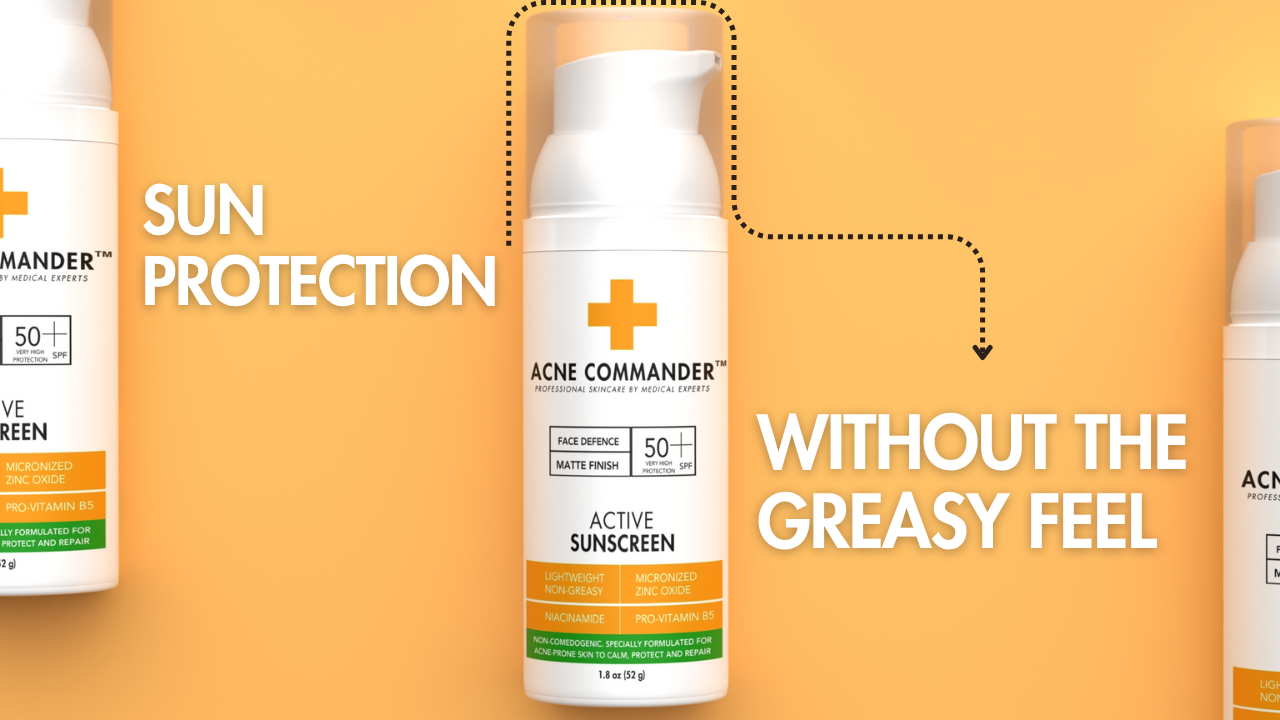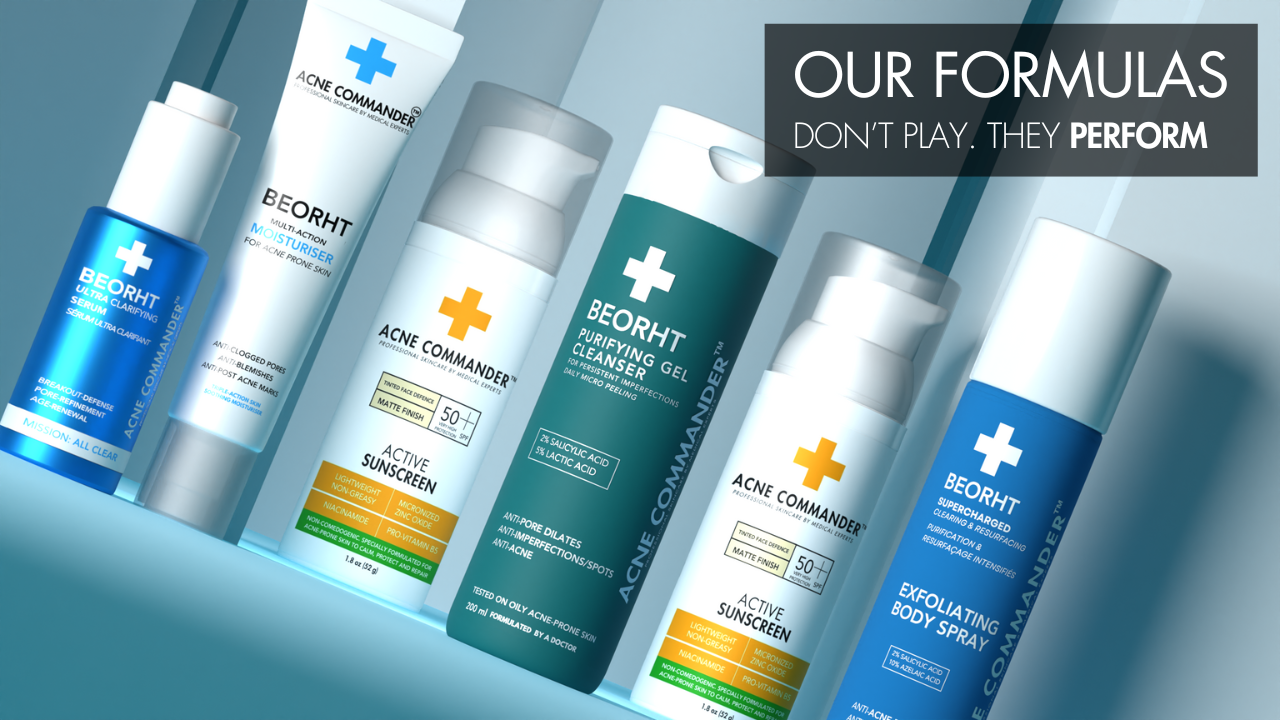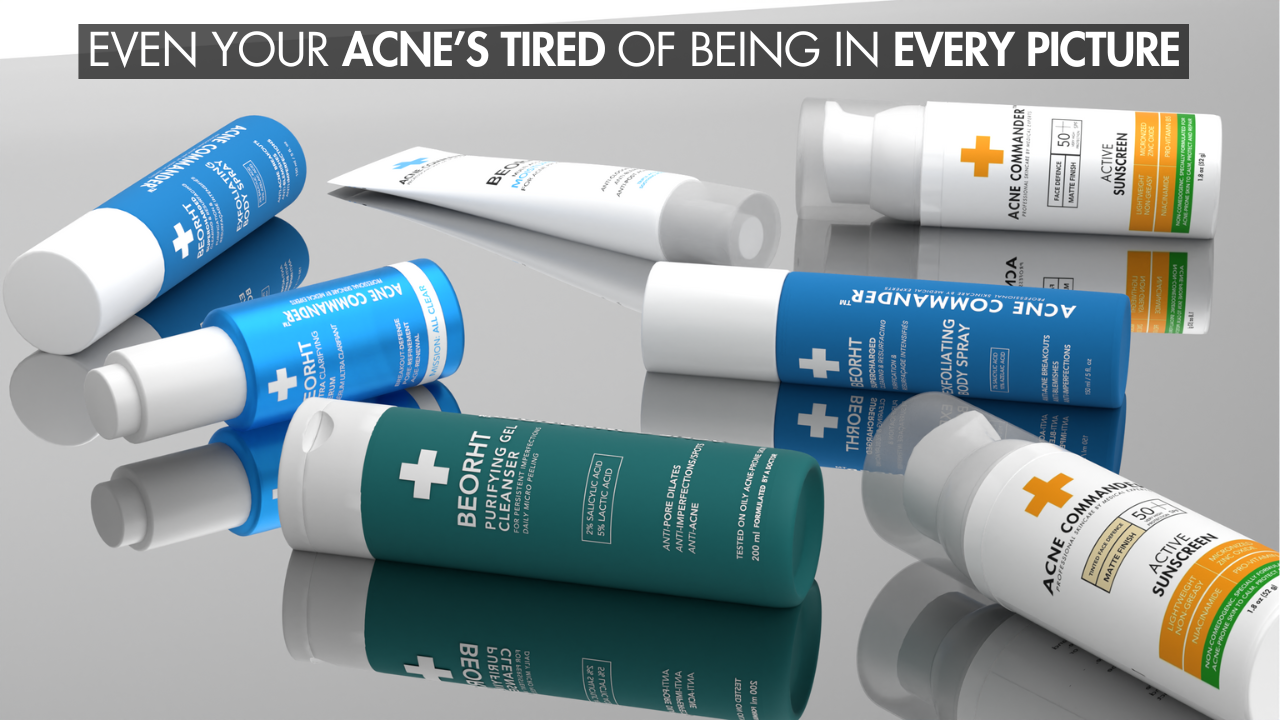When it comes to treating acne, Salicylic Acid is one of the most popular and effective ingredients. It helps exfoliate the skin, unclogs pores, and reduces acne-causing bacteria. Many skincare products, including moisturizers, now include Salicylic Acid as an active ingredient, but is it safe to use them every day? Let’s dive into the benefits, potential risks, and how you can safely incorporate a moisturizer with Salicylic Acid into your routine.
What is Salicylic Acid and How Does It Help Acne?
Salicylic Acid is a beta-hydroxy acid (BHA) that works by penetrating the skin and exfoliating the inside of the pores. Here’s how it benefits acne-prone skin:
Unclogs Pores: Salicylic Acid works deep inside the pores to break down dead skin cells and excess oil, preventing the buildup that can lead to blackheads and whiteheads.
Reduces Inflammation: Salicylic Acid has anti-inflammatory properties, which can help reduce redness and swelling associated with acne.
Prevents New Breakouts: Regular use of Salicylic Acid helps to keep pores clear, preventing the formation of new pimples and congestion.
Can I Use a Moisturizer with Salicylic Acid Every Day?
The short answer is yes, but with a few important considerations. Salicylic Acid is a potent ingredient, and while it’s effective, it can cause irritation if overused or if your skin is too sensitive. Here’s what to keep in mind:
Start Slowly: If you’ve never used Salicylic Acid before, it’s important to start with a lower concentration and gradually increase usage to allow your skin to adjust. This is especially important if you have sensitive or dry skin.
Hydration: Salicylic Acid can sometimes dry out the skin, so it’s important to follow it with a moisturizer that helps restore hydration and balance. Look for non-comedogenic moisturizers to prevent clogged pores.
Sun Protection: Salicylic Acid can increase your skin's sensitivity to the sun. Always apply a moisturizer with SPF during the day to protect your skin from UV damage and prevent post-acne pigmentation.
Monitor Skin Reaction: If your skin shows signs of irritation, redness, or peeling, reduce the frequency of use. Consider alternating between a Salicylic Acid moisturizer and a gentle hydrating moisturizer for sensitive skin.
Benefits of Using a Moisturizer with Salicylic Acid Every Day
When used correctly, a moisturizer with Salicylic Acid can provide several benefits for acne-prone skin:
Continuous Acne Treatment: Using a moisturizer with Salicylic Acid daily allows for continuous acne treatment without over-drying the skin, making it easier to maintain clear skin.
Hydration Without Clogging Pores: A moisturizer with Salicylic Acid hydrates the skin while treating acne, making it ideal for combination skin that needs both hydration and acne control.
Prevents Future Breakouts: Salicylic Acid works to keep pores clear and prevent new breakouts, making it a valuable addition to your skincare routine, especially if you’re prone to blackheads or whiteheads.
Choosing the Right Moisturizer with Salicylic Acid for Daily Use
If you decide to incorporate a moisturizer with Salicylic Acid into your daily routine, choose one that is appropriate for your skin type. Here’s how to pick the best one:
For Oily or Acne-Prone Skin: Choose a lightweight, oil-free, non-comedogenic moisturizer with Salicylic Acid to help control oil production without clogging pores.
For Sensitive Skin: Look for a moisturizer that contains a lower concentration of Salicylic Acid (around 0.5% to 1%) and includes soothing ingredients like aloe vera, niacinamide, or glycerin to minimize irritation.
For Dry Skin: Opt for a moisturizer with Salicylic Acid that also includes hydrating ingredients like hyaluronic acid or ceramides to prevent your skin from becoming too dry.
How to Incorporate a Moisturizer with Salicylic Acid into Your Routine
To safely and effectively use a moisturizer with Salicylic Acid daily, follow this simple routine:
Cleanse: Start with a gentle, non-stripping cleanser that cleanses without removing the skin’s natural moisture.
Apply Moisturizer with Salicylic Acid: After cleansing, apply a thin layer of the Salicylic Acid moisturizer. If you're using a Salicylic Acid serum, you can apply that first and then follow with a hydrating moisturizer.
Hydrate: Make sure to choose a moisturizer that is non-comedogenic and provides enough hydration for your skin type.
Sun Protection: If you’re using Salicylic Acid in the morning, always apply a broad-spectrum sunscreen to prevent sun damage, as Salicylic Acid can increase sensitivity to UV rays.
Explore detailed information for Acne Commander's Beorht Moisturiser For Acne Prone Skin. Click Here
Frequently Asked Questions (FAQs)
Q1: Can I use a moisturizer with Salicylic Acid every day?
Yes, you can use a Salicylic Acid moisturizer every day, but it’s important to start slowly and monitor your skin’s reaction. If irritation occurs, reduce the frequency of use.
Q2: Can I use Salicylic Acid with other acne treatments?
Yes, Salicylic Acid can be used alongside other acne treatments, but be mindful of potential irritation. Always follow up with a soothing, hydrating moisturizer.
Q3: Will a moisturizer with Salicylic Acid dry out my skin?
Salicylic Acid can dry out skin if overused, so it’s important to pair it with a hydrating moisturizer and start with a lower concentration of Salicylic Acid.
Q4: How long does it take to see results from Salicylic Acid?
It typically takes 4-6 weeks to see noticeable improvements when using Salicylic Acid regularly.
Q5: Can I use Salicylic Acid at night?
Yes, Salicylic Acid can be used at night, and many people prefer using it in the evening to avoid sun sensitivity during the day.
Q6: Can I use a Salicylic Acid moisturizer if I have sensitive skin?
Yes, but start with a lower concentration of Salicylic Acid (around 0.5% to 1%) to avoid irritation. Choose a formula with soothing ingredients to balance its effects.
Q7: Should I use Salicylic Acid on dry skin?
If you have dry skin, make sure to follow up with a hydrating moisturizer and consider using a lower concentration of Salicylic Acid to avoid excessive dryness.
Q8: Does Salicylic Acid help with acne scars?
While Salicylic Acid helps to clear pores and reduce breakouts, it also aids in fading acne scars by promoting skin renewal and reducing inflammation.
Q9: Can I use Salicylic Acid with Retinol?
Yes, but both ingredients can be irritating, so start by alternating between them in your routine to avoid over-exfoliating and irritating your skin.
Q10: Is it necessary to use sunscreen with Salicylic Acid?
Yes, Salicylic Acid makes your skin more sensitive to the sun, so always apply sunscreen during the day to protect your skin from harmful UV rays.
Conclusion
Salicylic Acid is a highly effective ingredient for treating acne, but it’s important to use it correctly in your skincare routine. A moisturizer with Salicylic Acid can be used every day, but start slowly and make sure to follow up with a hydrating moisturizer. Always wear sunscreen to protect your skin, as Salicylic Acid increases your sensitivity to UV damage.
Ready to add a Salicylic Acid moisturizer to your routine? Try Beorht Ultra Clarifying Age Renewing Serum for a non-comedogenic moisturizer that fights acne while keeping your skin hydrated and balanced.






